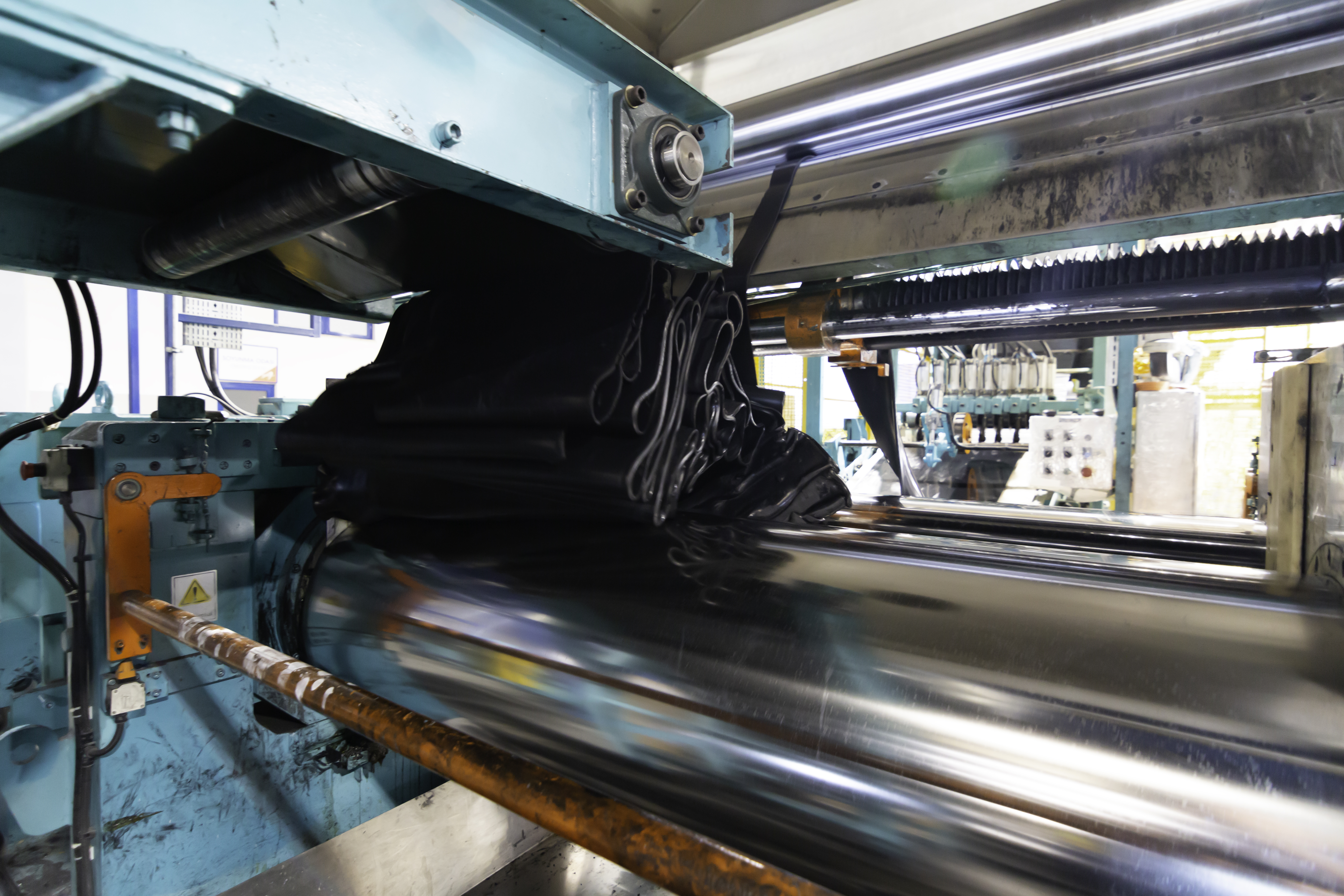News

High Performance Rubber Batching by ECS
ECS Solutions, Inc (ECS) recently used its extensive batch experience and dynamic company structure to help a major Southeast US rubber manufacturer realize and achieve project success. The end client had an existing semi-automated batch and mixing operation and had recently commissioned a project to duplicate this line’s operation with a new mix room, ingredient systems, and rubber mixer. They employed a powerhouse electrical contractor to connect all the new equipment and make it operate as a single system and this was largely successful. However, as the project moved through its lifecycle, the team realized that sophisticated batch operations would require specialized talents that were missing from the initial project team.
A quick web search for batch expertise within the region quickly pointed to ECS. It’s rare that ECS assets are idle, waiting for project work to arrive, and that was true in this case. Fortunately, the electrical contractor was a proven operator who had the situation in check with respect to major control equipment, general electrical planning, and installation, so ECS was able to apply only batch-specific resources and a slim project management umbrella. The ECS team quickly mobilized and took control of the batch portion of the project.
The process of rubber mixing lends itself well to batch-processing operations. There are multiple ingredients used in various form factors and there can be an enormous disparity between quantities and utilization types for the different components. This disparity requires large and small scales used for weighing various solids and liquids in a combination of automatic and manual operations. When executed correctly this can lead to high-performance compounds used in all areas of modern life but, if assembled with even the slightest error, the results can yield failed products that are difficult, if not impossible, to rework.
ECS found a solid platform design in-place when they arrived. The clients had selected a ControlLogix solution from Rockwell Automation that used a combination of local and remote I/O. There was also a foundation of FactoryTalk View (FT View) and FT Batch software products, so the control system component pieces were good for the eventual solution.
Major scales handle the weighing of major components such as carbon black, rubber, and polymers while other ingredients in the form of liquid adds came from ancillary systems. In this case, the design called for two separate oil ingredient sub-stations in the form of mini and micro additions. This allows the major components to accurately weigh in hundreds or thousands of pounds where the added chemicals are handled in small pounds and even sub-pound increments with high precision. All these operations take place simultaneously with the chemical additions entering the overall mix when called for by the batch directions. This all combines with hand-adds which yields a total batch.
The ECS team went to work by applying their combined hundreds of years of batch experience to the solution. Client interviews helped to map out how the plant preferred to operate and the automated equipment was validated for functional capabilities. ECS merged this information into the configuration within the FT Batch and the client’s recipes quickly assumed a functional stance within the back end and as visible to the operators via the ECS-programmed FT View interfaces. They created the PLC control modules, equipment modules, and equipment phases all based on an S-88 standard. Soon the capability to walk both novice and advanced operators through the proper assembly of the ingredients was deployed.
The control system also handles the functions of the mixer itself, thus allowing the batch software to dictate the different duration and mixing intensities as well as proper dosing of sub-components at specific places or intervals within the mixing cycle. This is important in the manufacture of many products but especially so in rubber batching, thus this was an integral part of the overall control system. Final mixing operations ranged from just over five to slightly under ten minutes. The batching operations occur parallel to this so that the next batch required is constantly being prepared while the current one is mixing. With the sophistication of the automated systems and the simplicity of the instruction-driven operator actions, the overall batch time is typically dictated by the eventual mix cycle.
ECS was able to deliver batch system configuration and operational solutions in very short order. Outside of cursory I/O checkout support, the bulk of the ECS system was deployed via remote connection. Their efforts were called into action late, melded with the overall team, and were delivered parallel to the main system installation and final commissioning. The project structure and timing weren’t necessarily ideal but ECS’ extensive background in this type of operation combined with their overall project experience allowed them to combine with the prime contractor’s operations to deliver a winning solution.
Posted In: Case Studies, Chemical Industry
